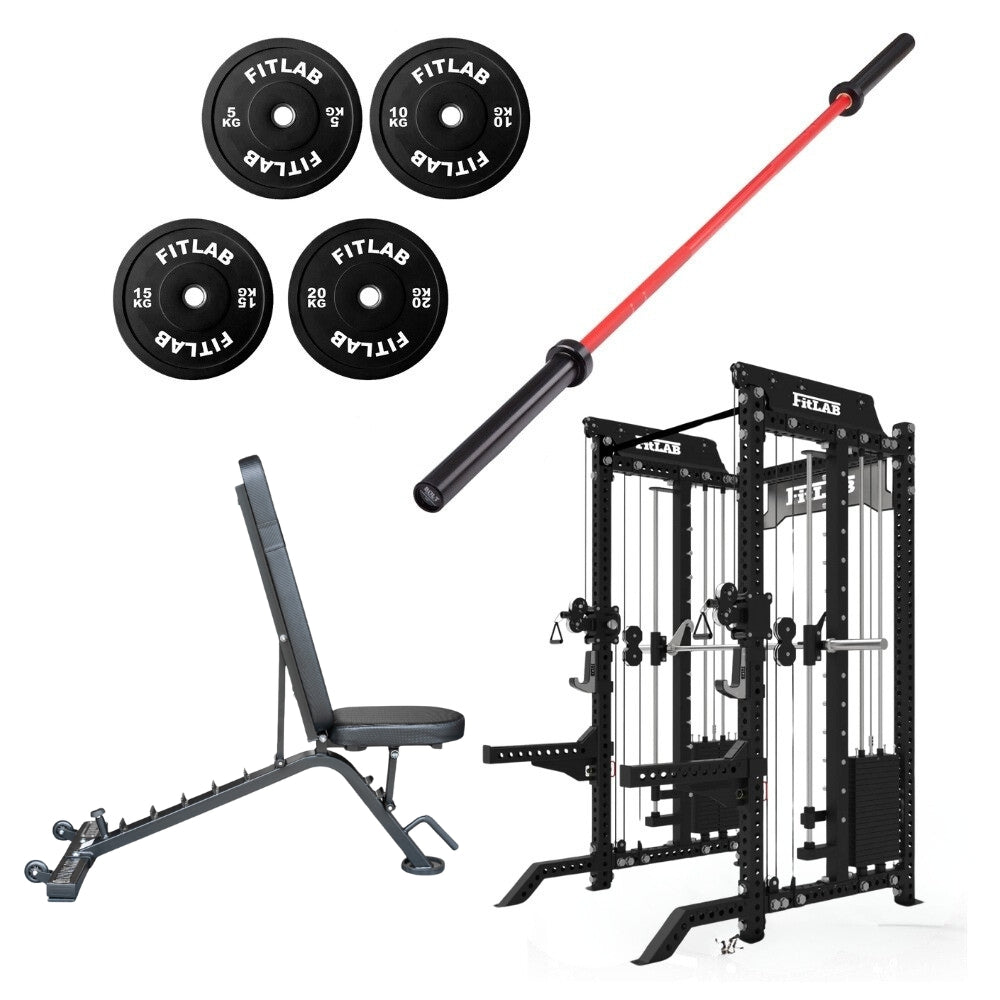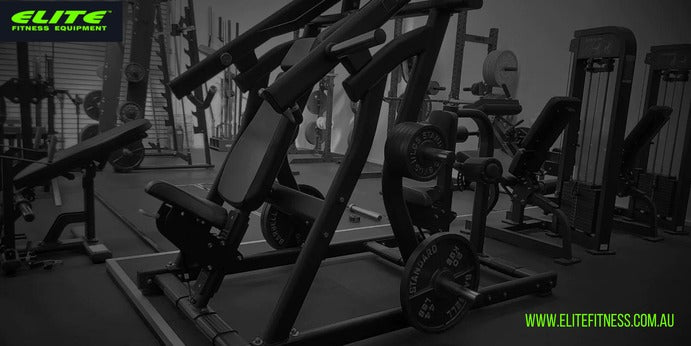Choosing the Right Abdominal Exercise Equipment: A Buyer's Guide
Striving for strong, sculpted abs is a common fitness goal. In a saturated market of ab equipment and gadgets, it's vital to identify what works. Our buyer's guide highlights ab equipment benefits, proper usage, and tips for selecting the right machine.
Benefits of Abdominal Machines:
Abdominal exercise machines offer some key advantages compared to basic floor crunches:
- Increased resistance: Ab machines allow you to add levels of resistance to your ab training for increased intensity and progressive overload. This helps build greater strength.
- Fixed motion: The fixed movement pattern isolates the abs through a targeted range of motion you may not achieve with floor crunches. This improves muscle activation.
- Support: Quality ab machines have padded backrests that support you through the movement, preventing strain on your neck or lower back.
- Convenience: Ab machines are quick and easy to get set up on versus floor exercises. They allow smooth transitions between ab movements too.
- Muscle focus: Different ab machine designs shift emphasis to upper abs, lower abs, obliques, etc. This lets you prioritise problem areas.
When used properly, abdominal training machines can provide an efficient, low-impact way to intensity your core training.
How to Use an Abdominal Machine?
Here are some tips for proper form when using abdominal exercise machines:
- Adjust the seat so your chest aligns with the pad/roller and your knees bend comfortably over the leg pads.
- Engage your core and maintain a neutral spine by avoiding rounding or over-arching your lower back.
- Move through the full range of motion in a controlled manner focusing on good contraction of the abs. Avoid jerking momentum.
- Breathe steadily throughout the movement. Exhale on the contraction. Don’t hold your breath.
- Start with lower resistance levels until you build core strength. Progress gradually by adding more resistance.
- Slow down the movement as you fatigue to maintain proper form. It's better to do fewer quality reps than sloppy half-reps.
Proper setup and form prevents injury risk and helps you isolate the abs rather than other muscle groups taking over.
How Effective Are Abdominal Exercises?
When programmed correctly, ab exercises can be very effective for training the muscles of the core. Key points:
- Ab exercises build muscular endurance and strength essential for core stability and posture. But on their own, they don’t burn fat.
- Compound lifts like squats and deadlifts also greatly work the core. Ab training complements these exercises.
- Diet is ultimately key for "six pack" abs. You need to lower body fat levels through calorie deficit to show abdominal definition.
- Train abs 2-3 times a week, allowing a day of rest between sessions. Vary the movements between upper, lower, and oblique focus.
- Use good form and progression. Simply doing endless crunches without adding resistance or variations gets limited results.
- Consistency over the long run is vital. Ab muscles require training several weeks or more to start showing noticeable improvement.
Targeted abdominal training stimulates core strength development, but needs to be part of a comprehensive routine also involving proper nutrition, cardio, and heavy compound lifts to get the six pack look.
Different Types of Abdominal Machines
There are several categories of ab exercise equipment. The most common and effective options include:
- Ab Roller Wheels
- Ab wheel roll outs allow you to hinge forward from the knees to isolate the abs through a wide range of motion. Wheels enable smooth roll out and roll back.
- Challenge your abs without back strain. Progress by increasing distance rolled out as your core strengthens.
- Vertical Knee Raise Stations
- These knee raise stations target the upper and lower abs by raising your knees up while keeping legs perpendicular.
- Can stand or kneel on the knee pads. Gripping handles helps stabilise.
- Adjustable cable resistance provides increased intensity.
- Decline Benches
- Adjustable declines benches hit the lower abs through crunch variations. Can also do incline reverse crunches.
- Fixed angles allow you to focus on form rather than neck strain. Resistance bands or plates add load.
- Rotational Machines
- Rotational machines involve rotational movements to target the obliques.
- Resistance and range of motion challenges the obliques through their fullest contraction.
- Low impact and safe for the lower back.
- Whole Core Trainers
- Multi-function machines that allow you to shift from one ab exercise to another such as crunches, oblique twists, knee raises, etc.
- Provide structure and resistance for a complete, focused abdominal workout.
Consider your specific goals, weaknesses, and budget when selecting among the quality ab equipment choices.
Choosing the Right Ab Machine: Buying Considerations
Follow these tips when researching which ab machine is right for your fitness level and needs:
- Test the machine in person at the store. Check for solid construction, easy adjustments, and smooth operation.
- Make sure the seat, leg pads, and back pad are adjustable and cushioned for comfortable support.
- Look for machines that target different areas - upper abs, lower abs, and obliques. Or select an all-in-one ab trainer.
- Check for high weight capacity if you plan high resistance levels. Avoid flimsy plastic machines.
- Consider extra features like ergonomic handles, roller wheels vs. sliding pads, and whether accessories are included.
- Check user reviews online for feedback on effectiveness, comfort, and durability over time.
- Choose within your budget but note cheaper machines may sacrifice features and last shorter. Invest for the long term.
With an adjustable, well-built ab machine that suits your needs, you can take your core training to the next level from the convenience of home.



Leave a comment